SeaSaw
A playful kitchen experience for children
2022
Individual
Keywords: controlled risk, embodied movement, children
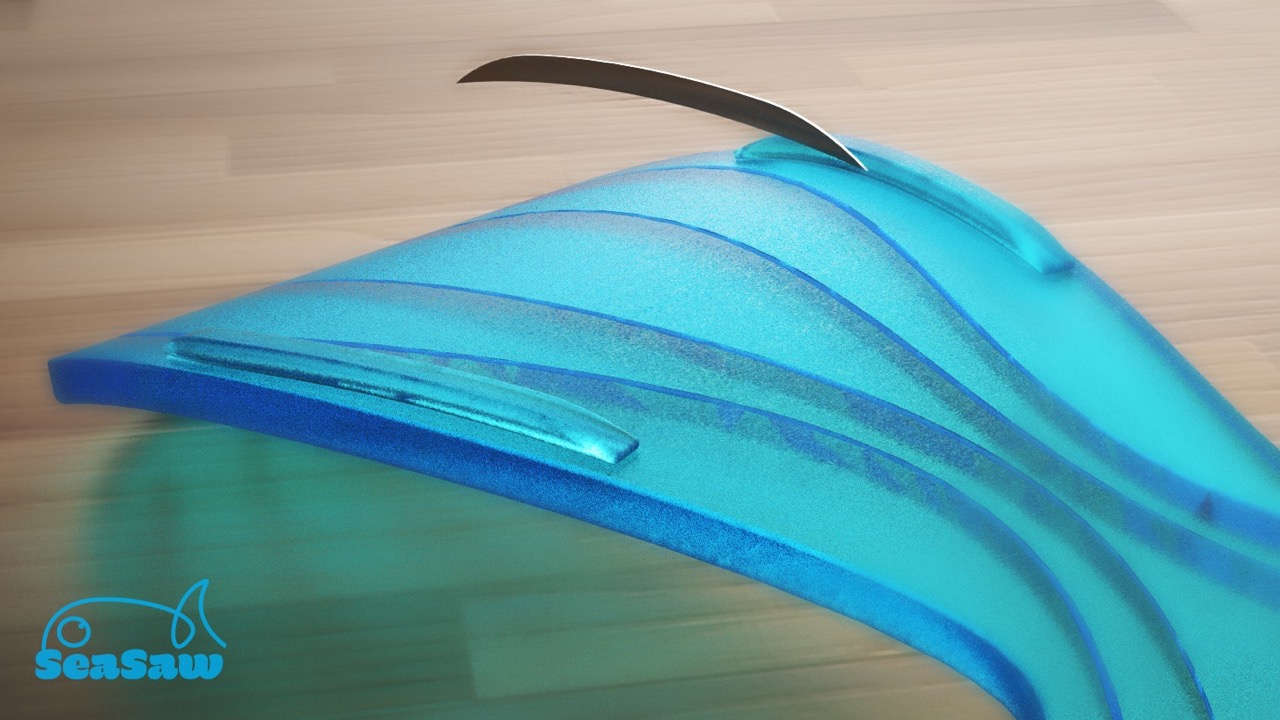
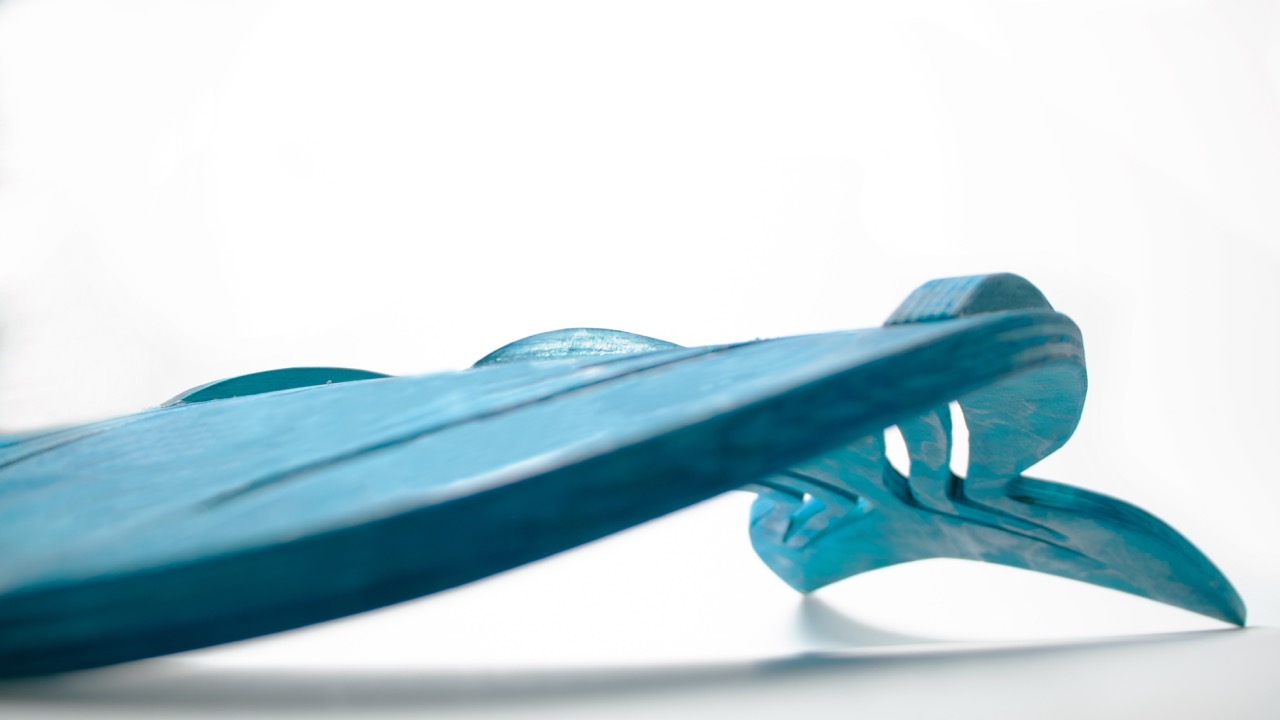
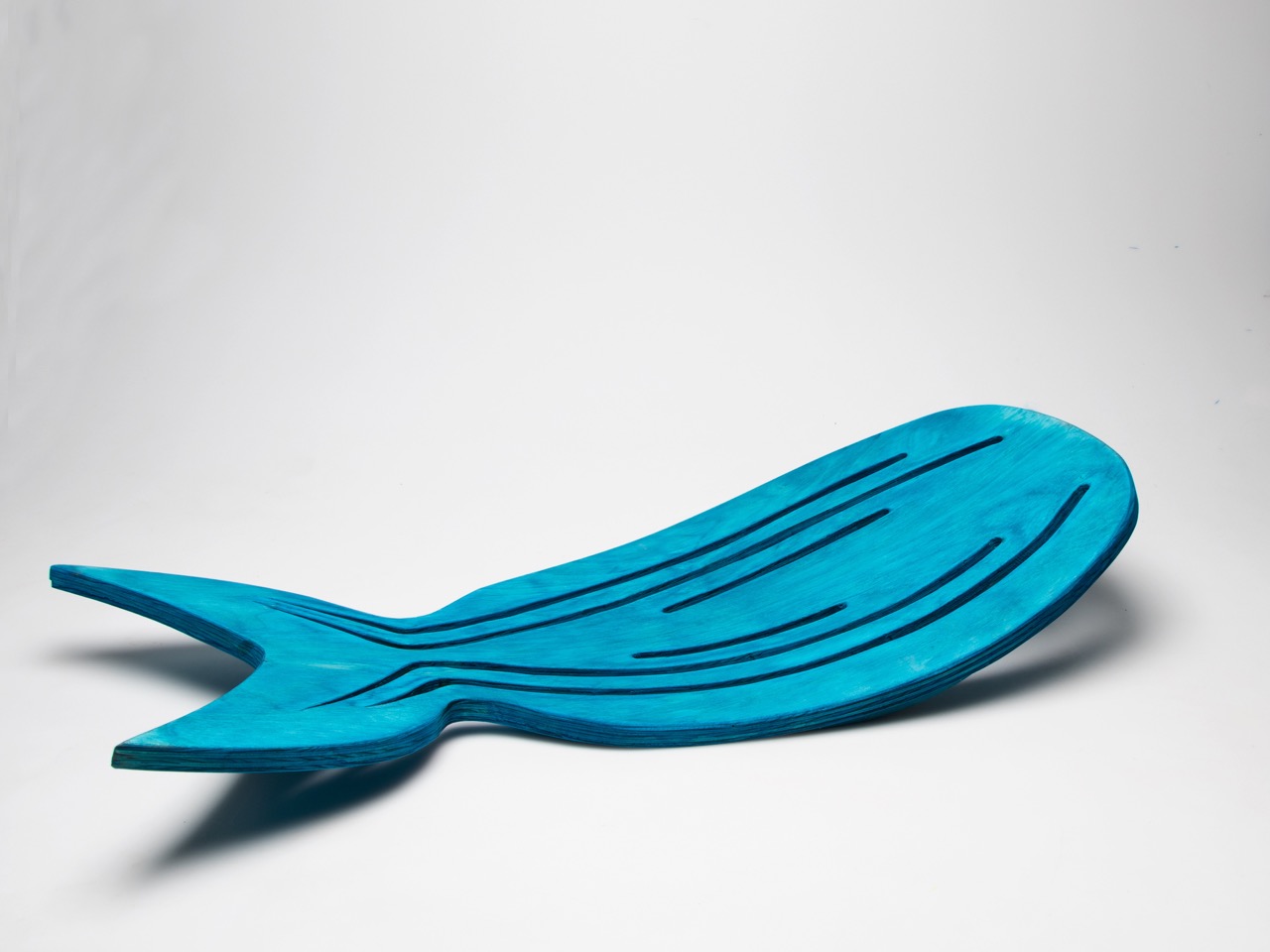
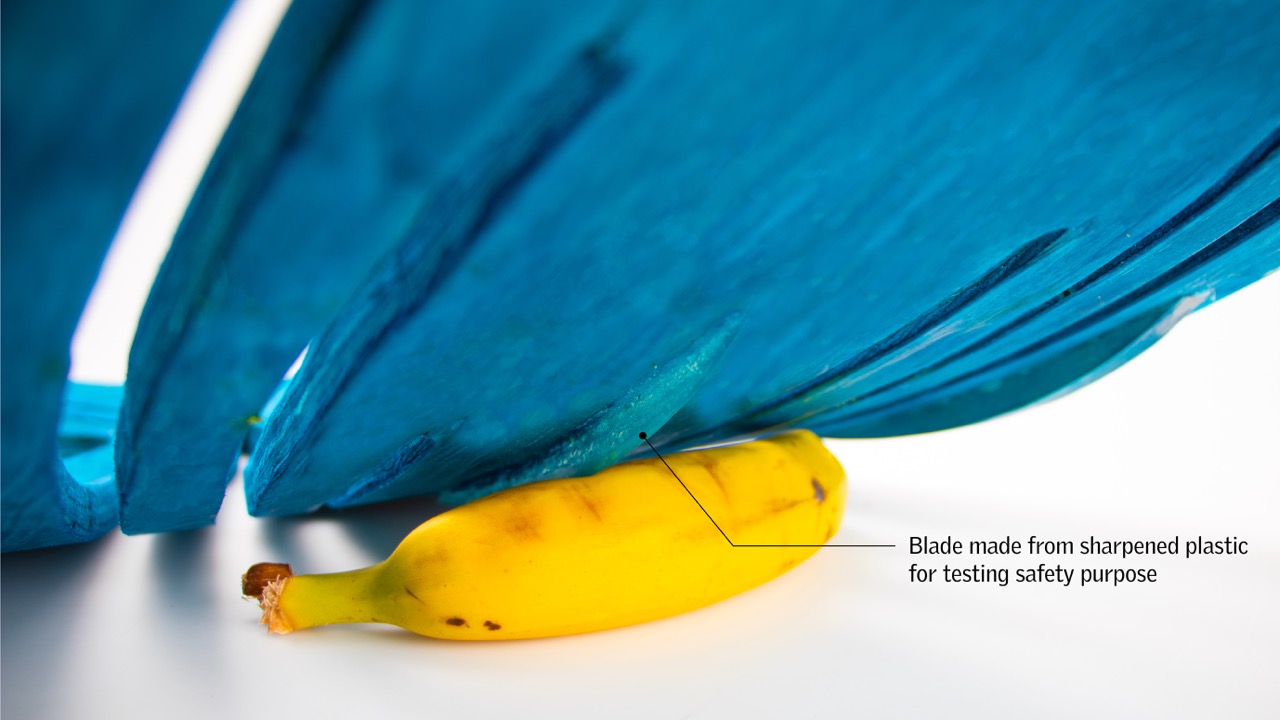
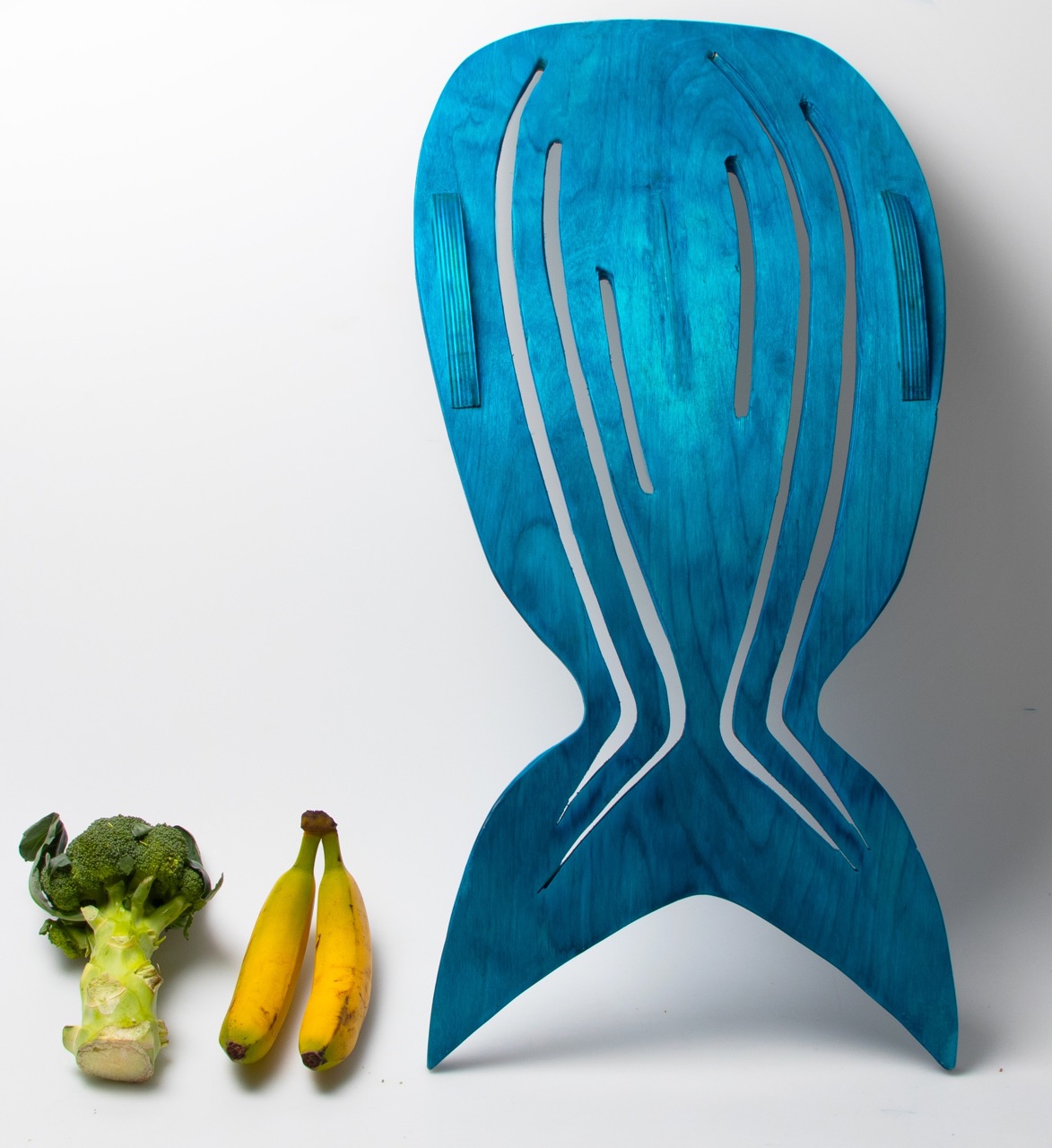
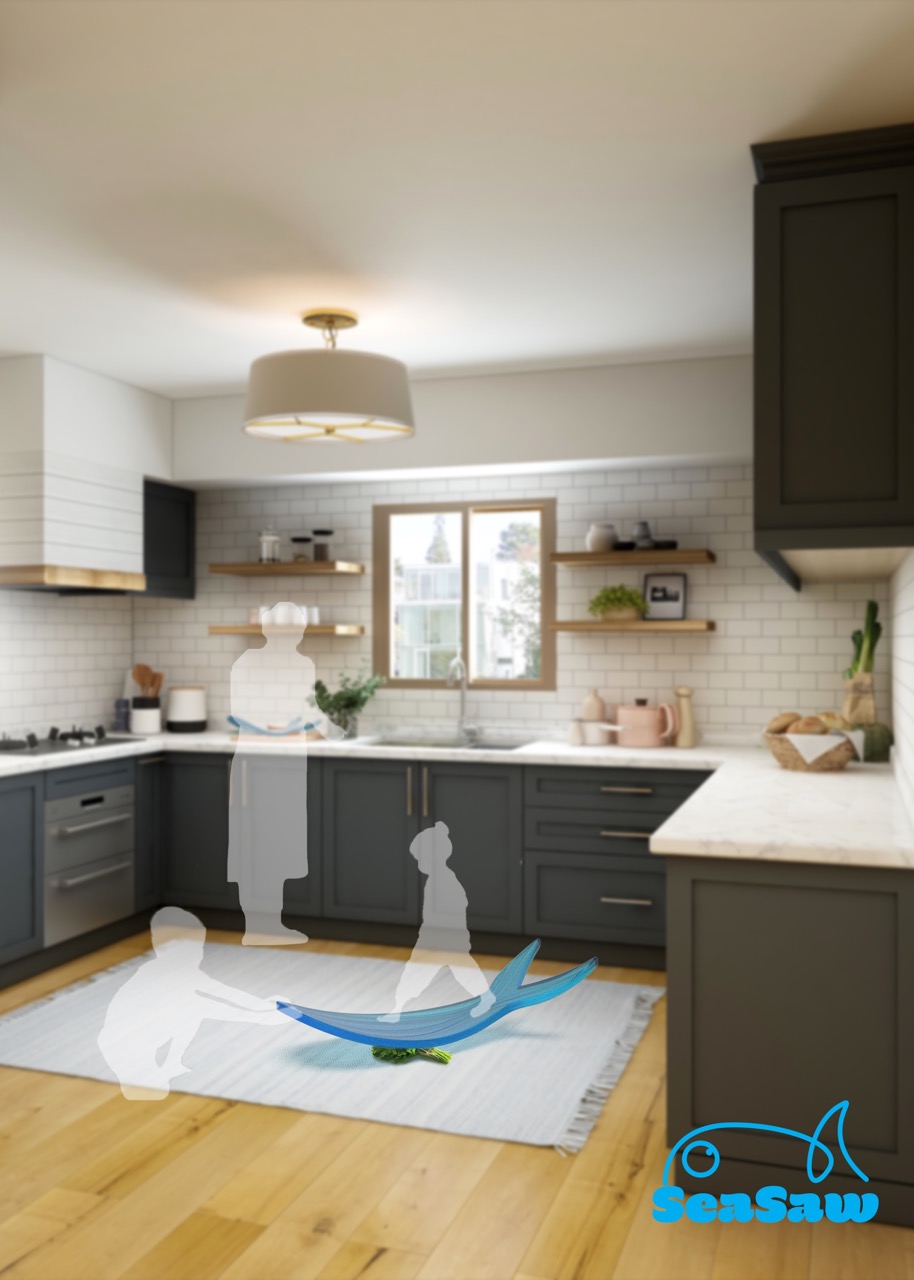
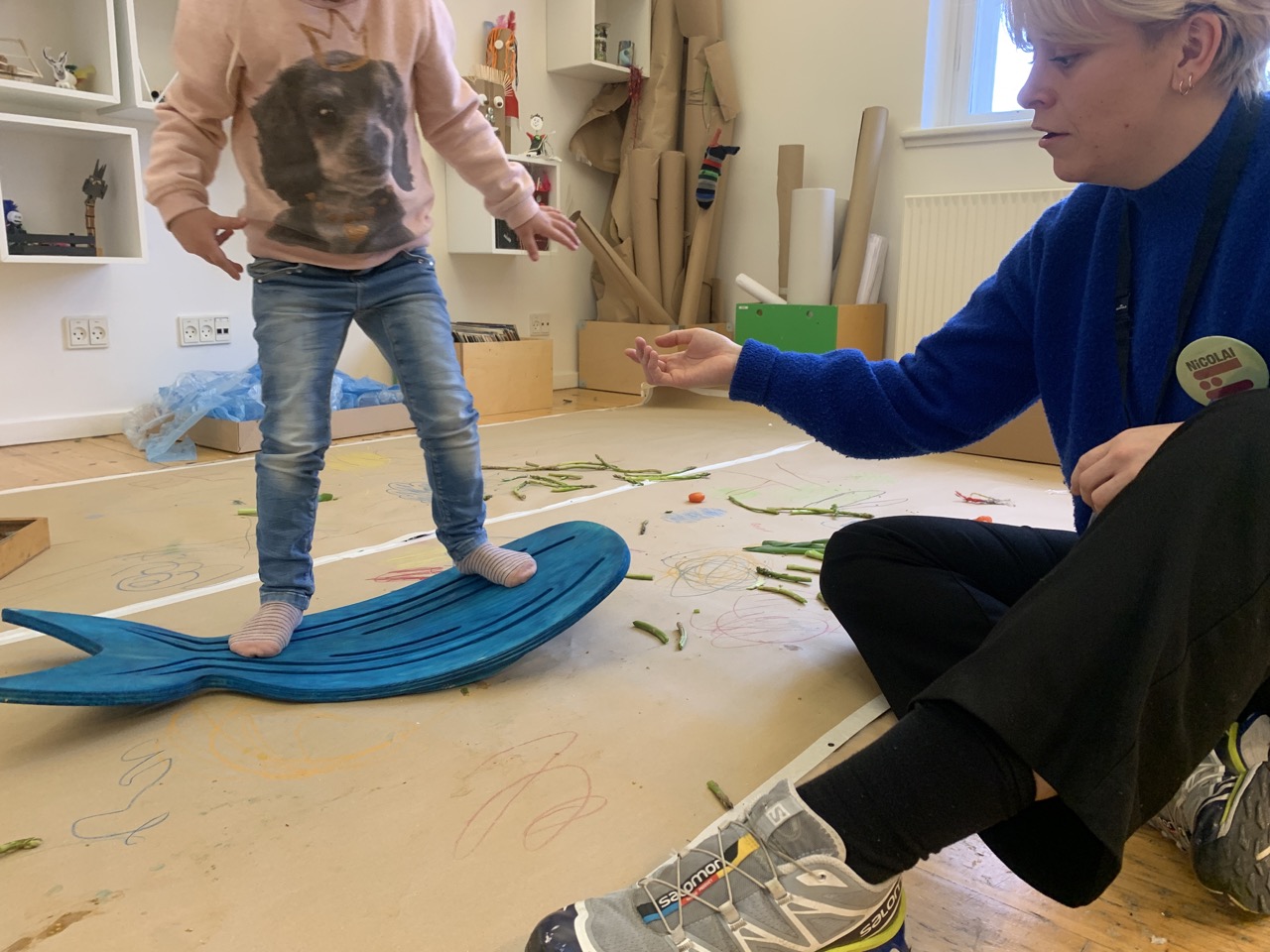
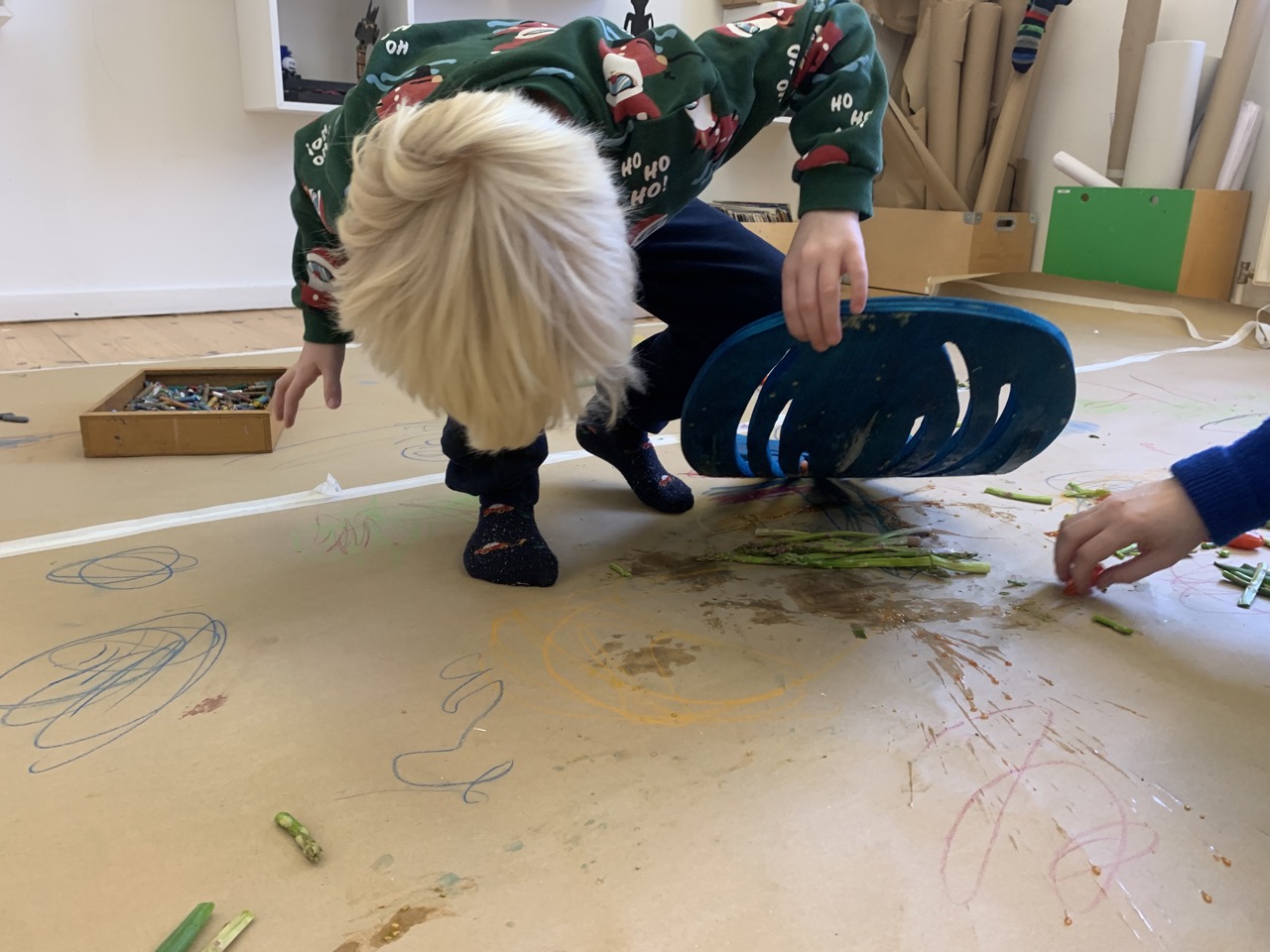
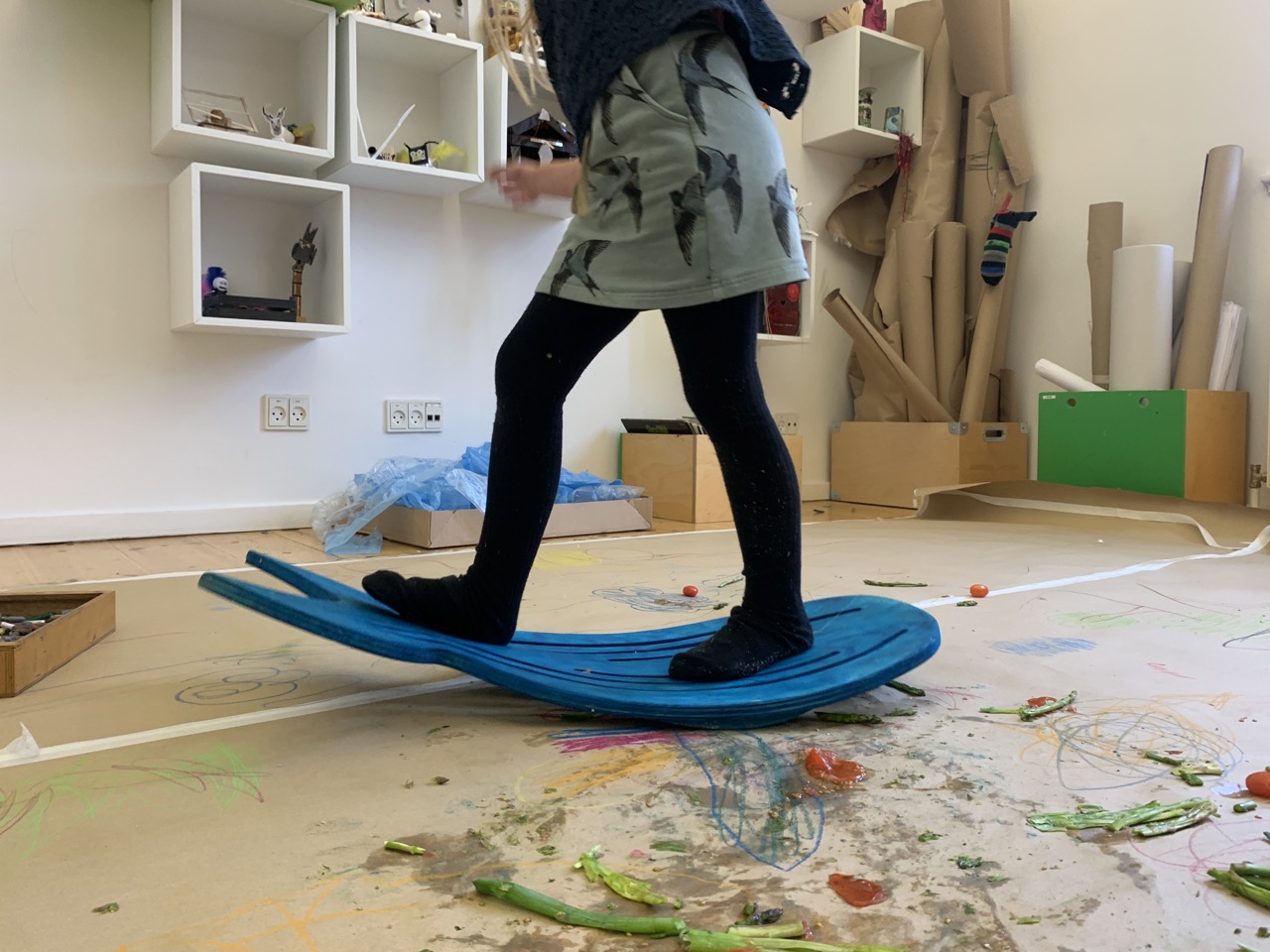
Background
According to an earlier survey I conducted among young adults, among 77 responses, 3 in 10 people find cooking themselves extremely difficult when they first moved out family. And 92.8% people agree that “Being involved in the kitchen at a young age would make me loving cooking more” and 59.8% participants wish “my family could teach me cooking more when I was young”. Unable to cook themselves is a big barrier for young adults to become independent.
This project focuses on "how to encourages children more involved in the kitchen, in order to prepare them for future independence"
This project focuses on "how to encourages children more involved in the kitchen, in order to prepare them for future independence"
Design Principles
Controlled Risk: as safe as needed
If children are presented with risky items with a serious functional purpose, they will conduct more cautiously, conduct more experimentation, and gain more confidence and independence than overly safe items. We should focus on designing for children "as safe as needed" rather than "as safe as possible" (Brussoni et al., 2012)
Embodied Movement: dance with food
This project focuses on engaging children in cooking with their whole body, like they are dancing with the food. It also comes from the consideration that children don't have the fine motor skills to control a knife yet.
Ideations
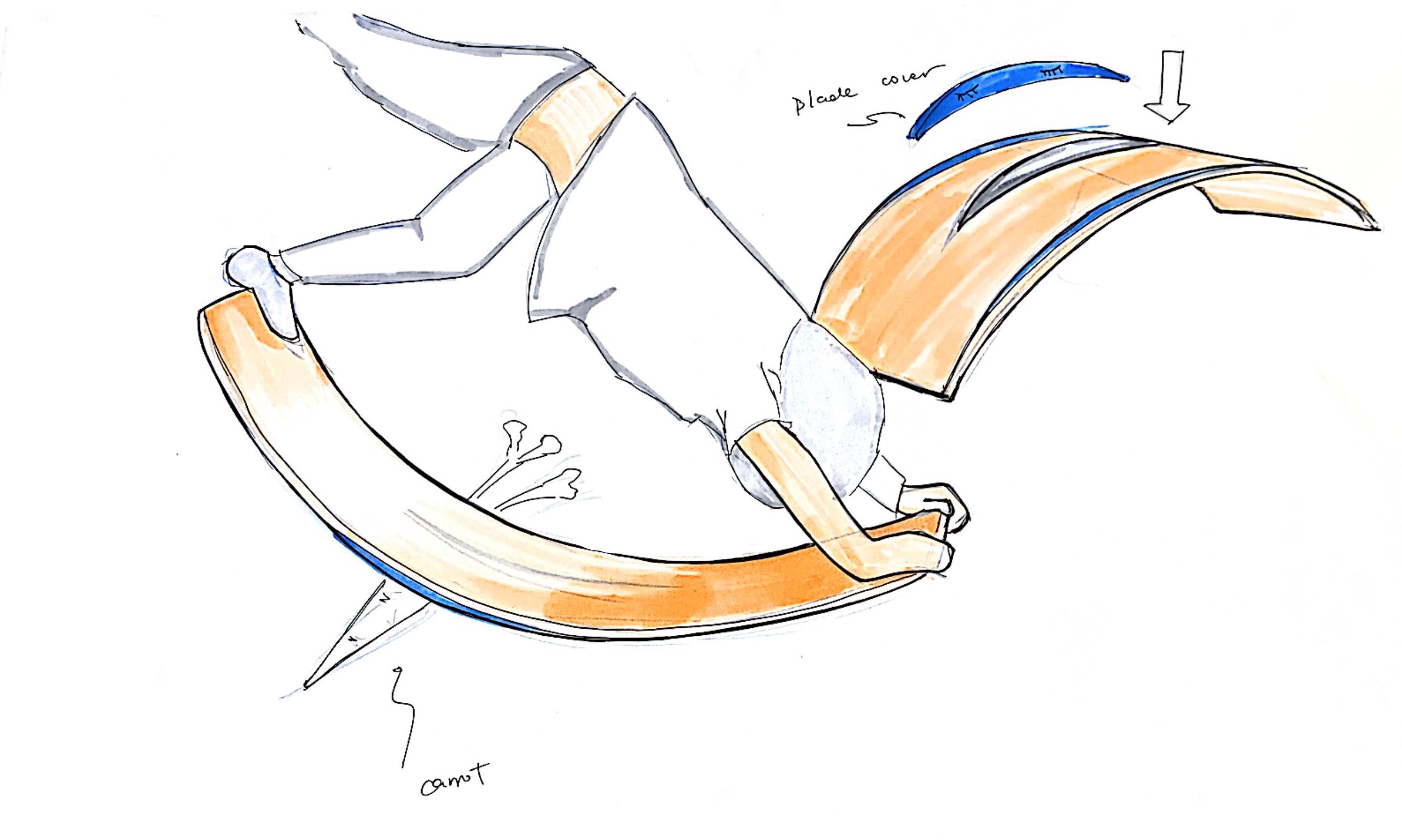
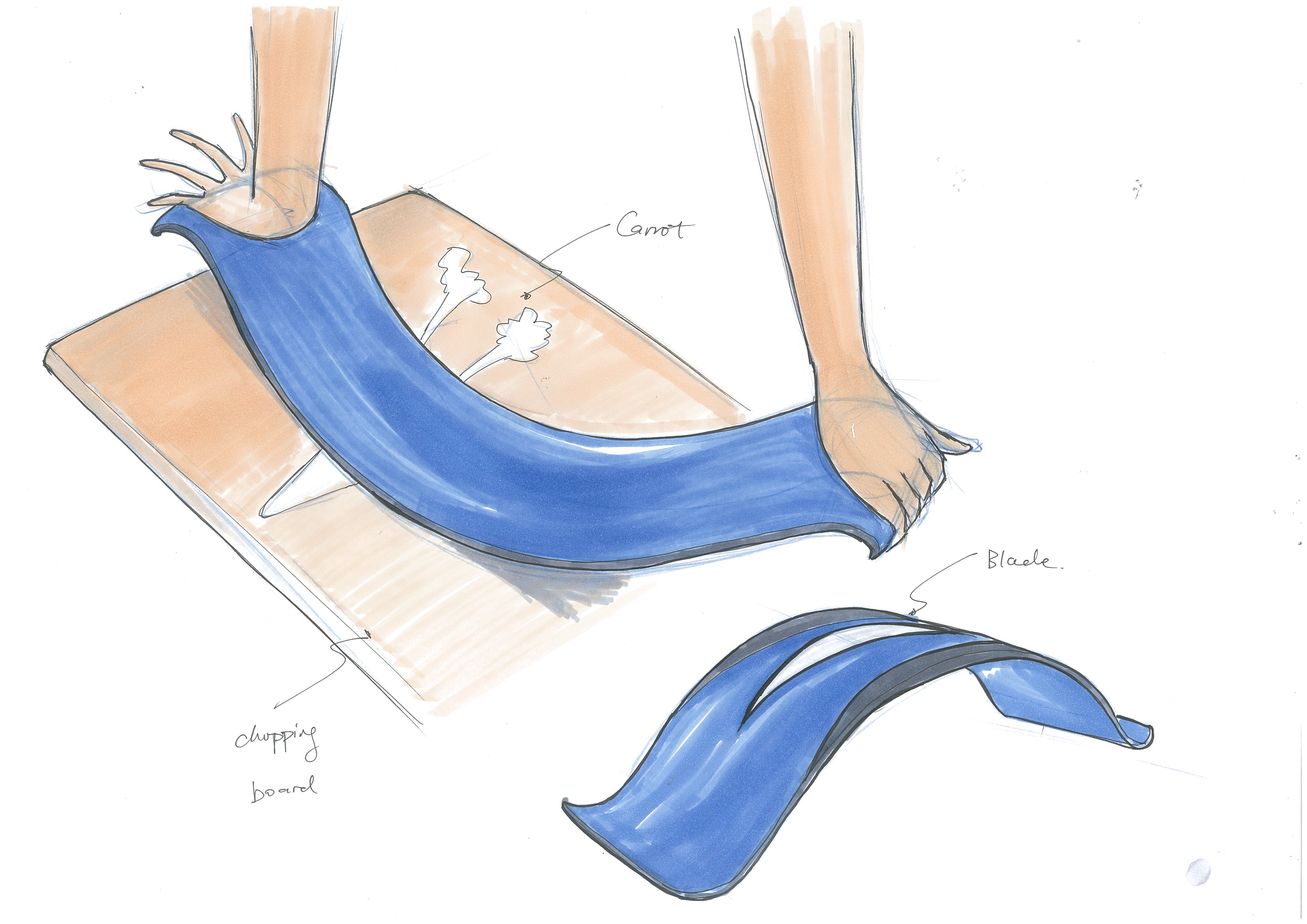
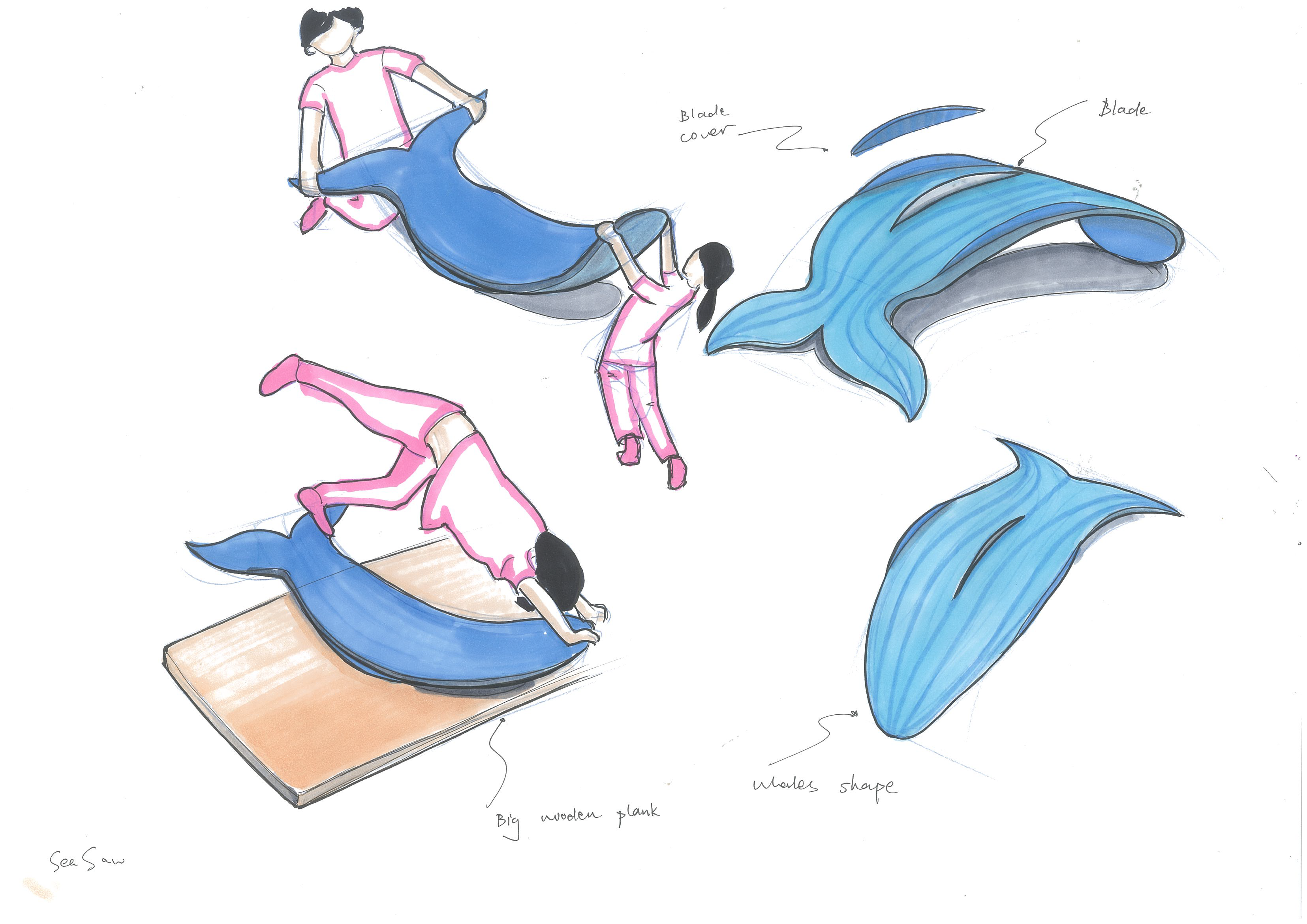
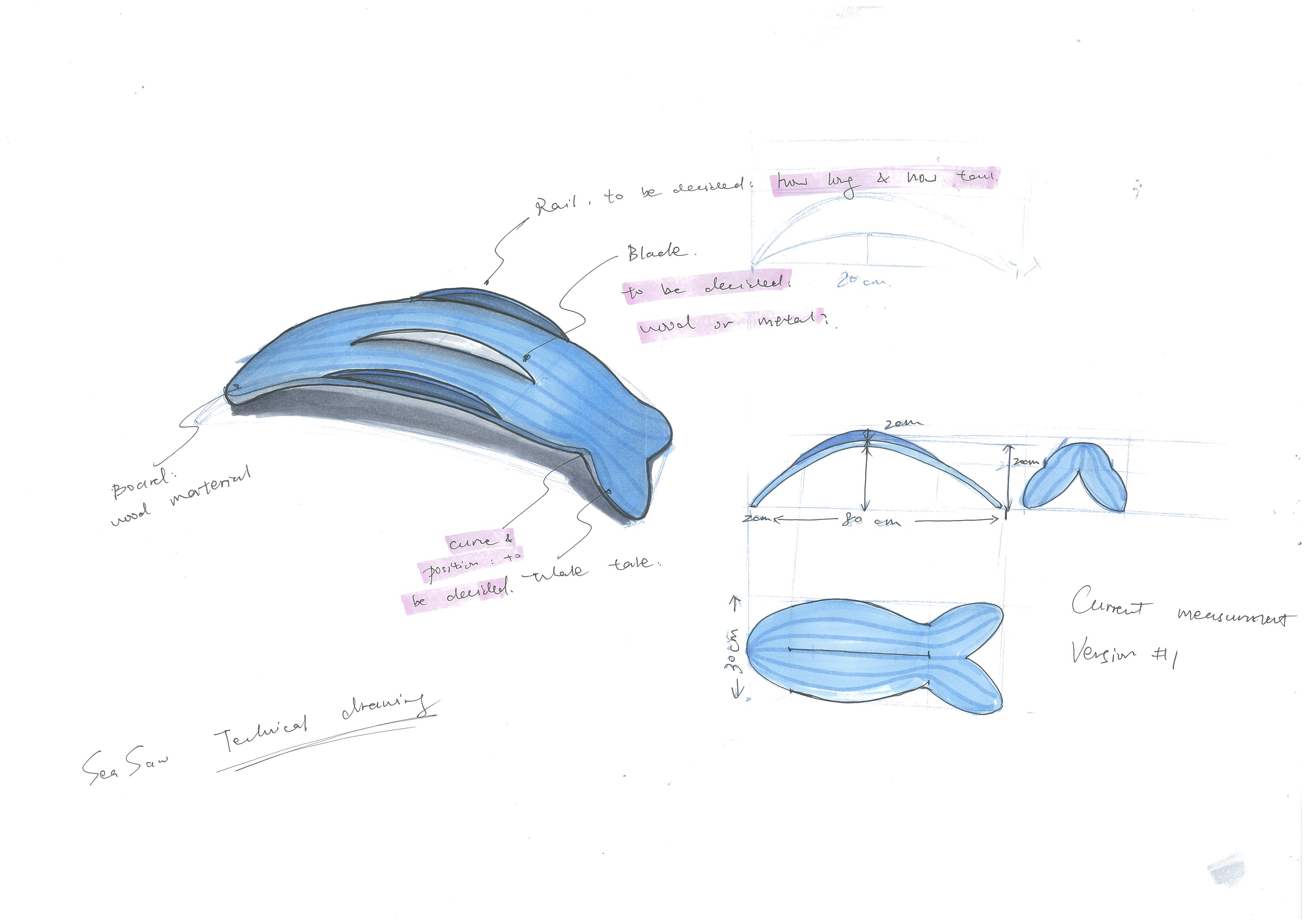
Design
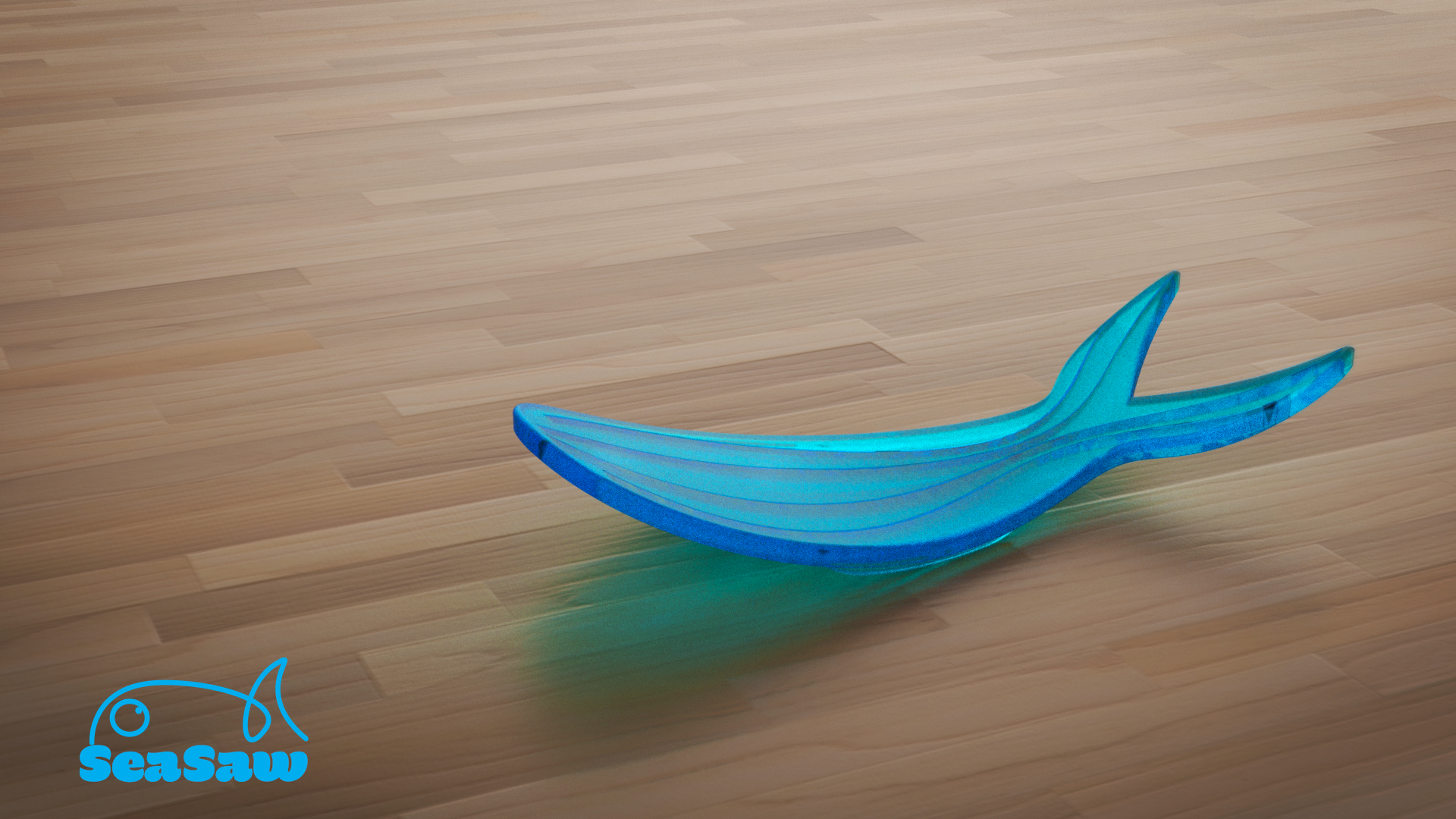 Translucent surface for enriched chopping experience
Translucent surface for enriched chopping experience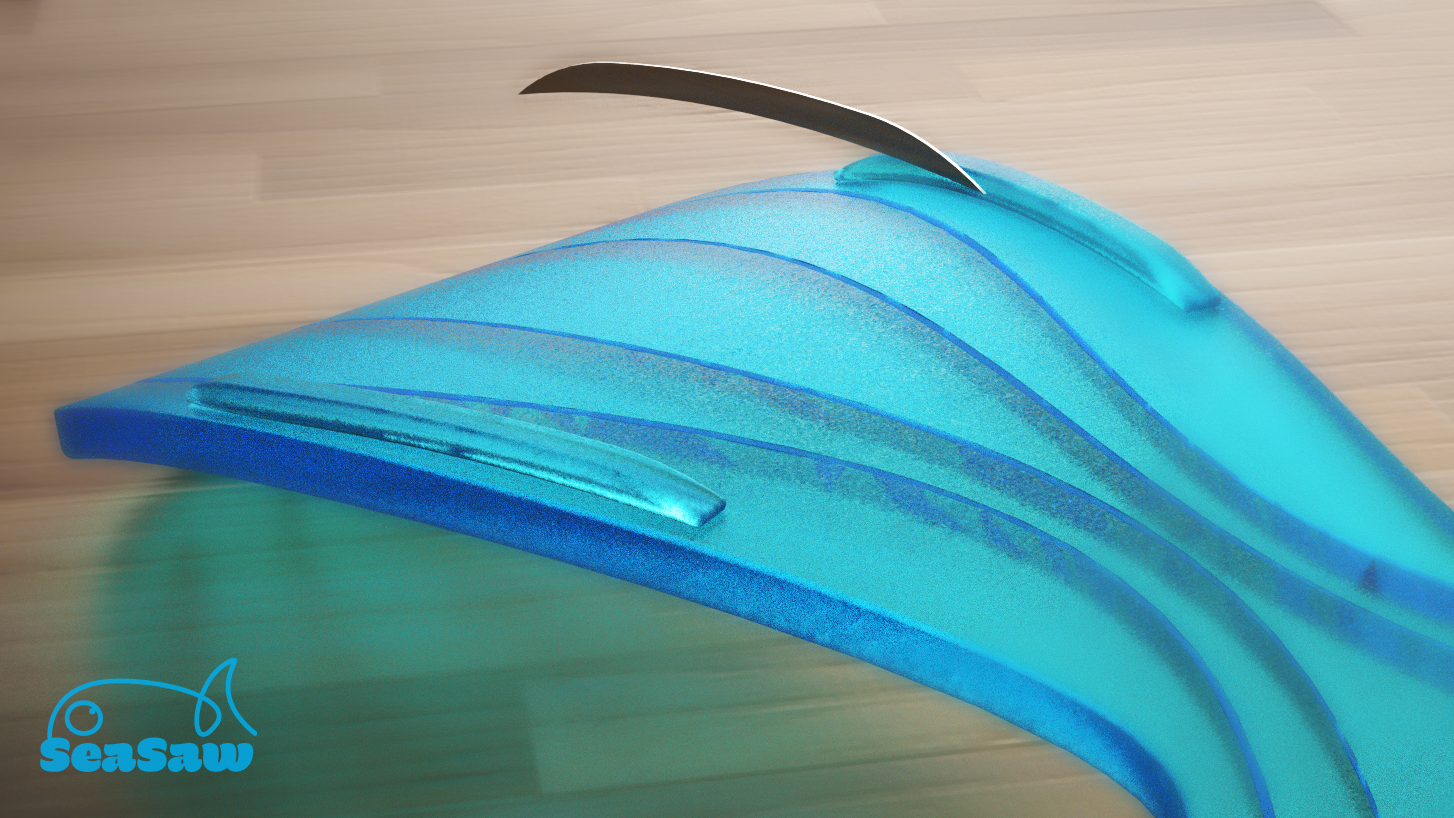 Detachable blade, heavy weight and protection rail for children safety
Detachable blade, heavy weight and protection rail for children safety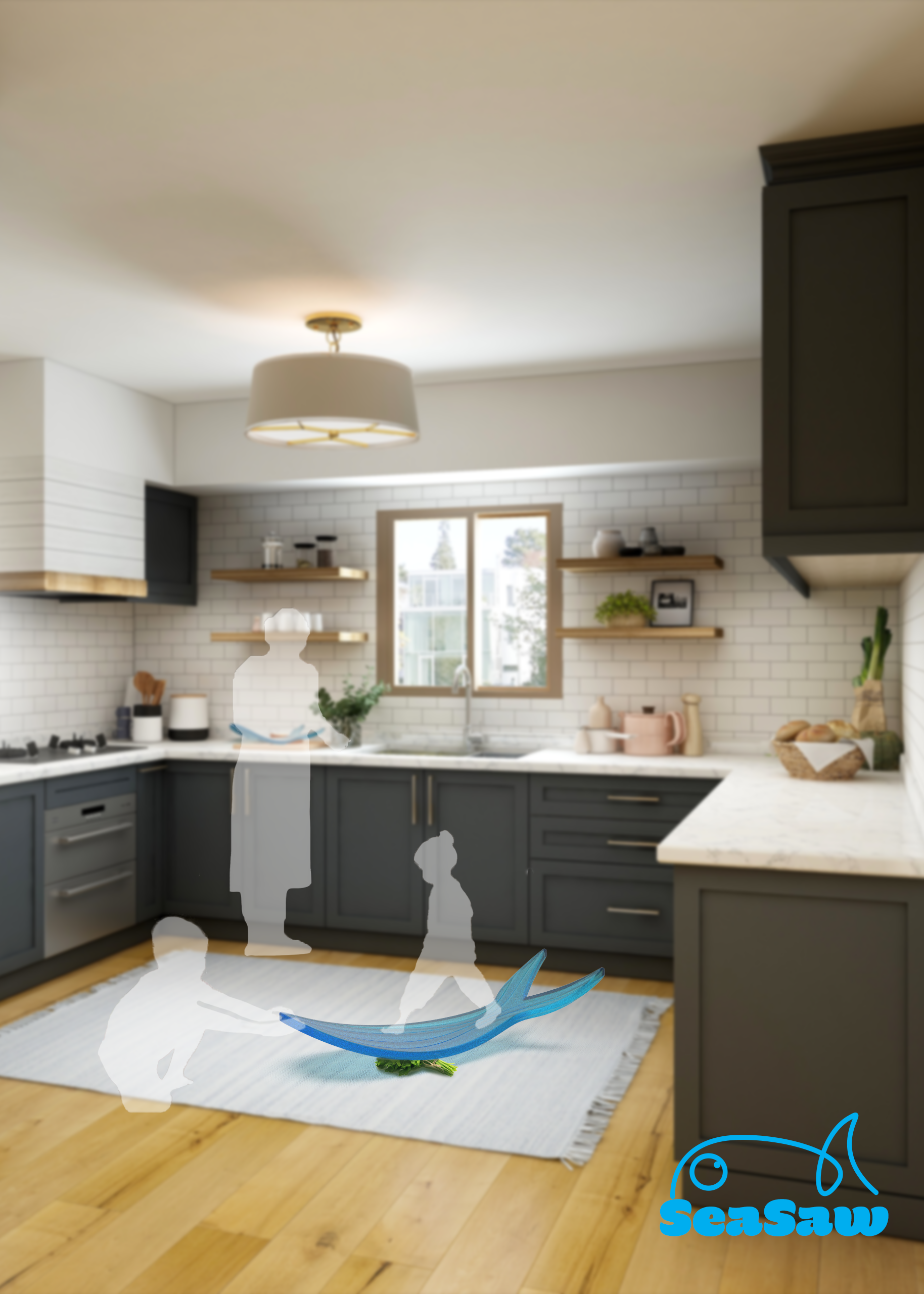 A small size for table usage and a big size for supporting both solo and cooperative play
A small size for table usage and a big size for supporting both solo and cooperative playDevelopment
Testing
I collaborated with Nicolai for børn, a cultural child center in Kolding, for user testing. To help participants better understand the session, a poster, a info flyer and consent forms in Danish or English were prepared.

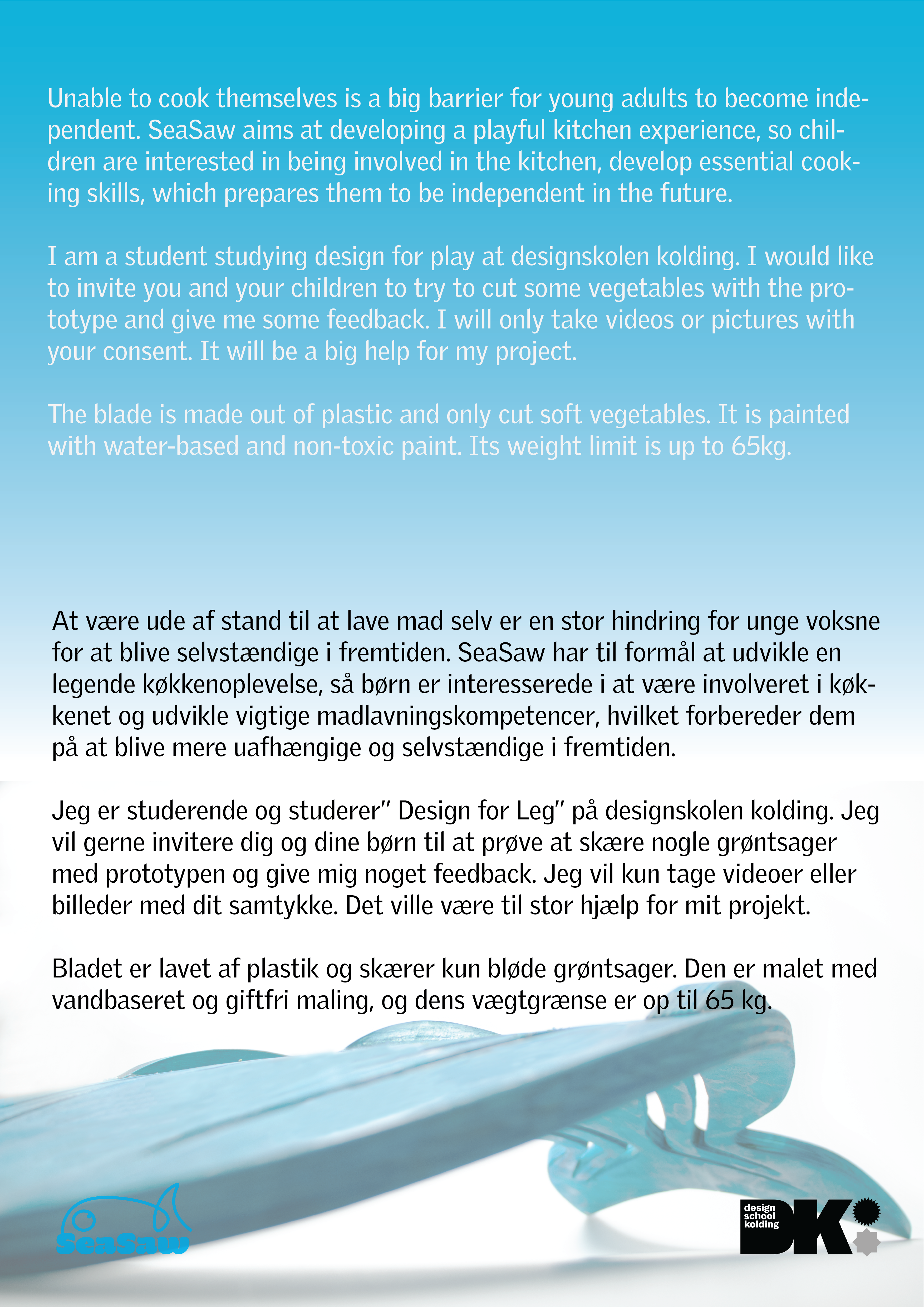
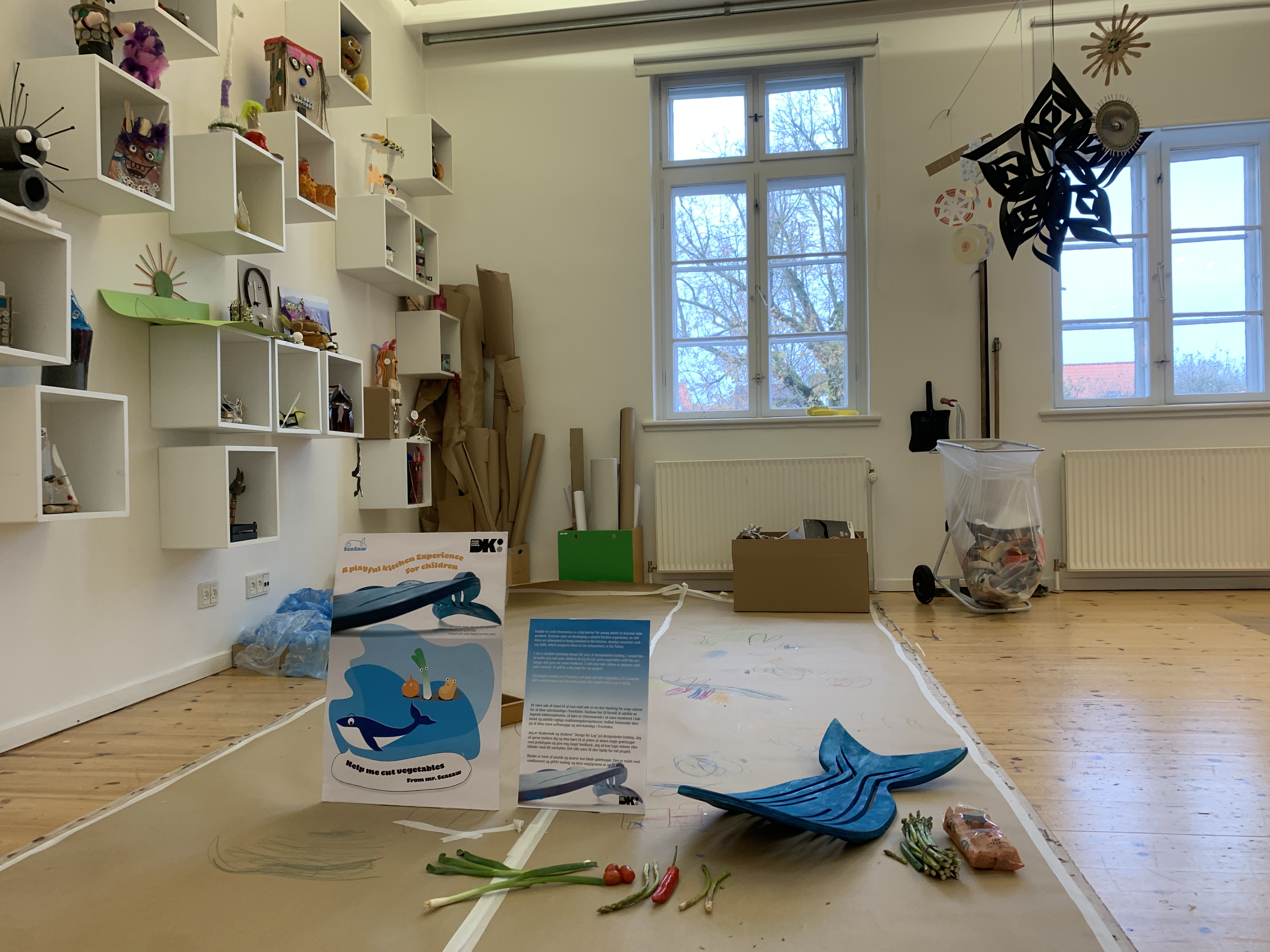
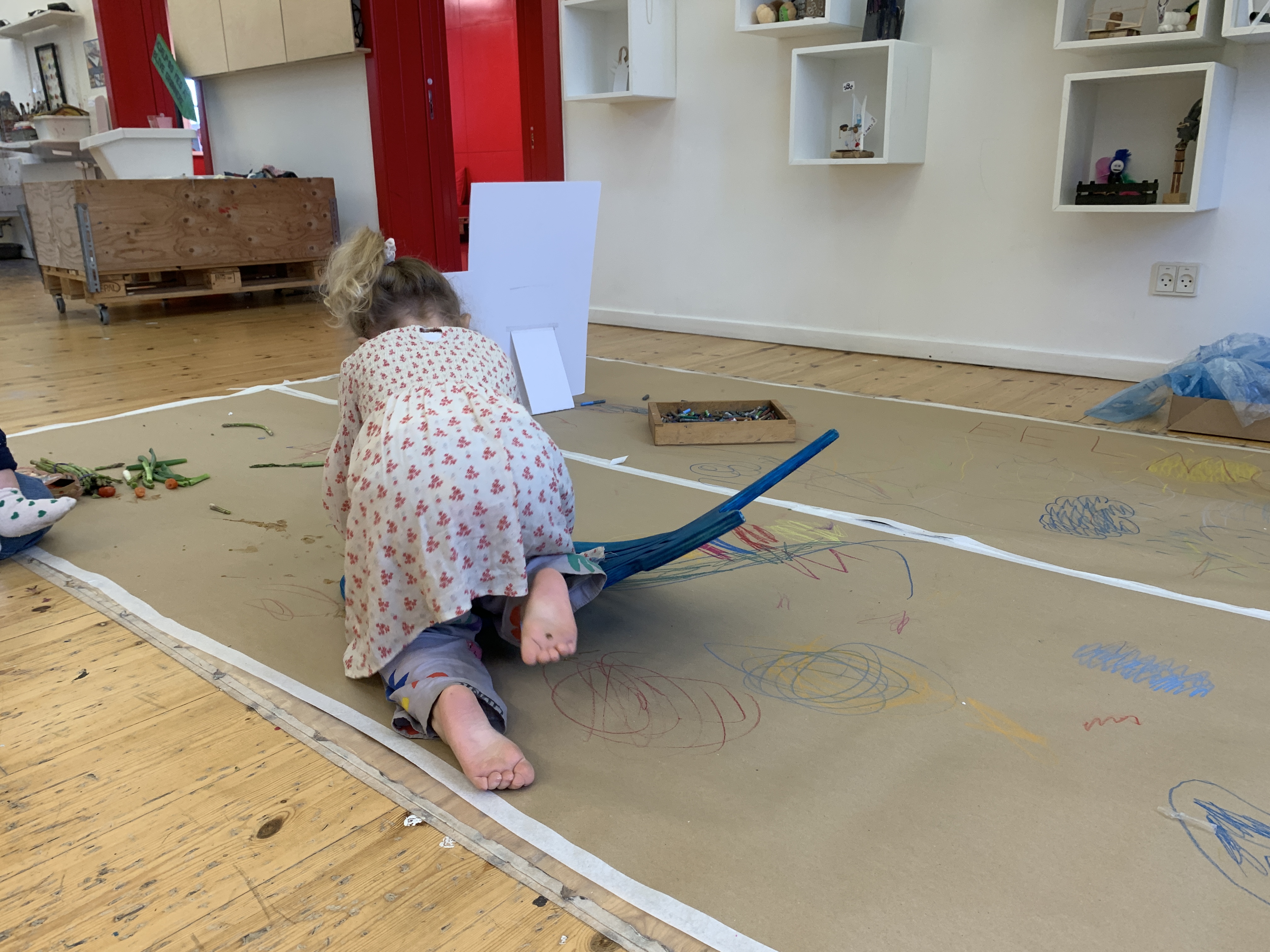

A poster for children

An information flyer for parents
The set up for the session
In total, seven children, from 4 - 8 years old, interacted with SeaSaw. After their interaction, I interviewed their parents and got feedbacks for the next iteration.References:
Brussoni, M., Olsen, L. L., Pike, I., & Sleet, D. A. (2012, August 30). Risky Play and Children’s Safety: Balancing Priorities for Optimal Child Development. International Journal of Environmental Research and Public Health, 9(9), 3134–3148. https://doi.org/10.3390/ijerph9093134
Parten, M. B. (1933). “Social Play among Preschool Children”. Journal of Abnormal and Social Psychology. 28 (2): 136–147. doi:10.1037/h0073939
Frens, J. (2017, October 18). Designing for Embodied and Rich Interaction in Home IoT. Proceedings of the Conference on Design and Semantics of Form and Movement - Sense and Sensitivity, DeSForM 2017. https://doi.org/10.5772/intechopen.71130